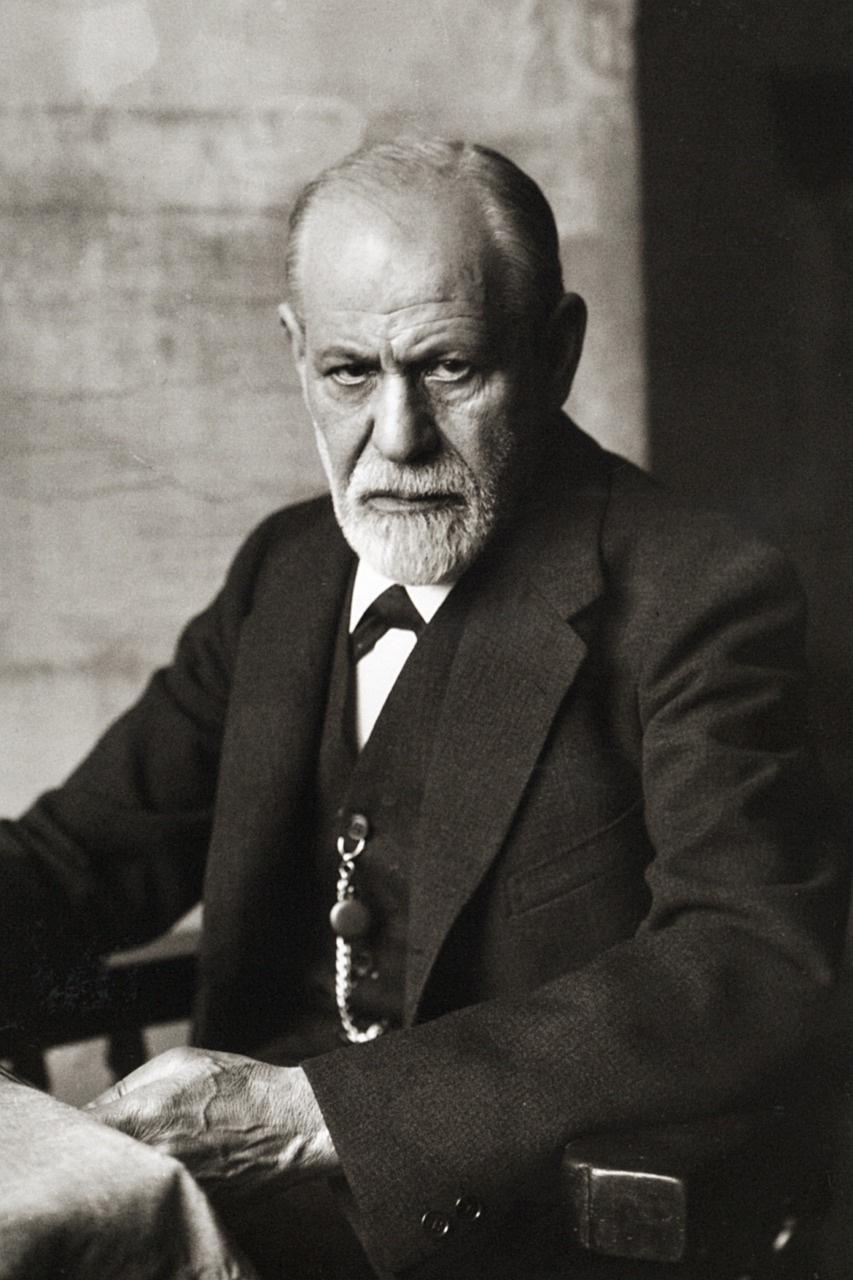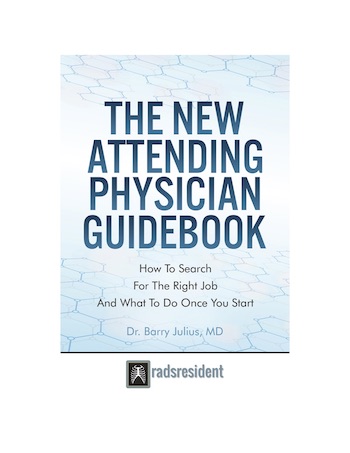
So, the results from my informal survey of radsresident readers are back! And, I thought it would be interesting to first compare the results of the Saint Barnabas residency book poll to the Radsresident book poll results today. Here we go!
First-year radiology residents from Saint Barnabas and the Radsresident survey agreed that Felson’s Principles Of Chest Roentgenology, Lawrence R. Goodman, Core Radiology, Jacob Mandell, and Fundamentals of Body CT, W. Richard Webb, William E. Brant, and Nancy M. Major are the most popular
Second years from both groups agreed that Core Radiology, Jacob Mandell is the most popular.
Third years from both groups agreed that Core Radiology, Jacob Mandell is the most popular.
Unfortunately, I did not get enough 4th years to reach statistical significance to compare with the original poll.
Overall, the most popular book is (drum roll please……..) Yes, you guessed it. The top choice for both polls is Core Radiology, Jacob Mandell.
Lastly, I also added a few more categories for fellows and attending. Why not get their opinions too? At least, they have had some successful experience with residency!
Check out the results from my informal radiology book poll at the bottom of this blog in order of popularity for each residency year.
The Final Results of the Radsresident Book Poll!
So, now I present you a list of the results from my online poll with links to the same books on Amazon (where I am an affiliate!)
Attending
Fundamentals of Body CT, W. Richard Webb, William E. Brant, and Nancy M. Major
Fellow
Thoracic Imaging: Pulmonary and Cardiovascular Radiology, W. Richard Webb and Charles Higgins
Osborn’s Brain, Anne Osborne, Gary Hedlund, and Karen Salzman
Genitourinary Radiology by N. Reed Dunnick, Jeffrey Newhouse, Richard Cohan, et al.
4th Year
Not Enough Results For Statistical Significance
3rd Year
Fundamentals of Body CT, W. Richard Webb, William E. Brant, and Nancy M. Major
Crack The Core Exam, Prometheus Lionhart
Fundamentals Of Body MRI, Christopher Roth and Sandeep Dehmukh
Radiologic Physics War Machine, Prometheus Lionhart
2nd Year
Fundamentals of Body CT, W. Richard Webb, William E. Brant, and Nancy M. Major
Duke Review Of MRI Principles, Wells I Mangrum, et al.
Nuclear Medicine and Molecular Imaging: Case Review Series, Lilja B Solnes and Harvey Ziessman
Neuroradiology: The Requisites, David Yousem, Robert Zimmerman, Robert Grossman
1st Year
Fundamentals of Body CT, W. Richard Webb, William E. Brant, and Nancy M. Major
Felson’s Principles Of Chest Roentgenology, Lawrence R. Goodman
Crack The Core Exam, Prometheus Lionhart
Radiology Review Manual, Wolfgang Dahnert
Neuroradiology: The Requisites, David Yousem, Robert Zimmerman, Robert Grossman
Enjoy the list and most importantly, thank you for your participation!!!













